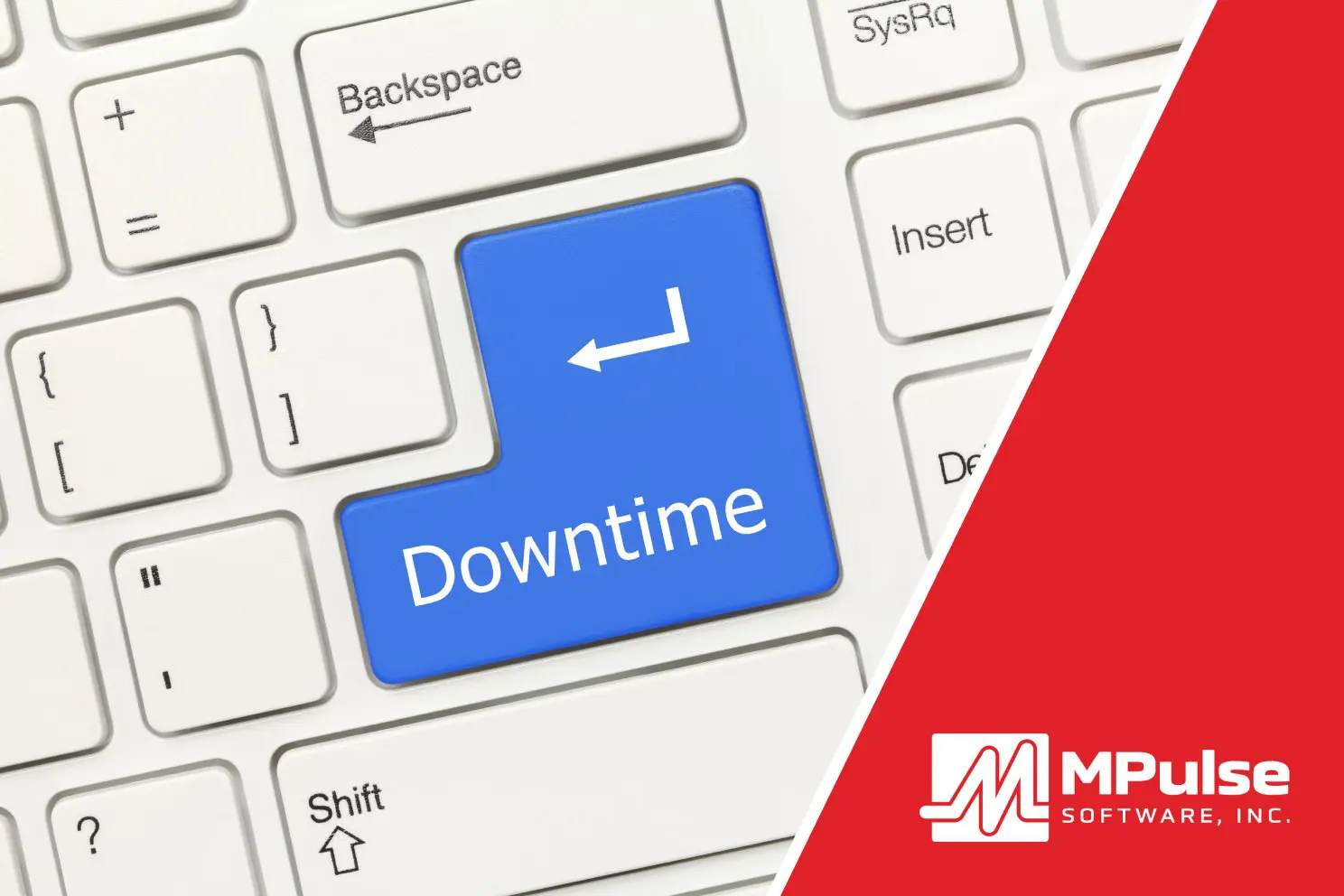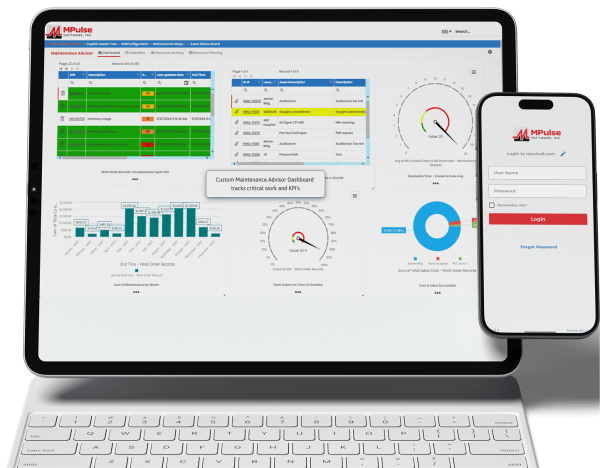Calculating asset downtime offers new insights into your maintenance operations, and how you can make improvements.
But how do you calculate downtime? And what can you do with that information? Here’s what you need to know.
Table of Contents
What Is Equipment Downtime?
Downtime refers to any period when a system fails to perform its primary function. For your maintenance operations, you’ll want to measure unexpected downtime that occurs any time production stops due to asset failure. You also might track planned downtime, which means equipment remains offline while preventive maintenance or other planned tasks occur.
Why You Need to Track Equipment Downtime
While your managers likely want to track equipment downtime, it holds benefits for the maintenance team too. Maintenance is on the frontline when things aren’t working, and it directly affects our workload.
Tracking equipment downtime helps with…
- Determining which workflows are working and which ones aren’t
- Evaluating the effectiveness of PM schedules
- Identifying areas for improvement
- Lowering maintenance costs
How Much Downtime is OK?
You can’t avoid downtime, but you can minimize it. Most enterprise organizations aim for 10% or less for unscheduled downtime, which they calculate on the basis of number of operating hours.
How to Calculate Asset Downtime
To calculate asset downtime, you need data. You’ll find some of this data in your CMMS software, and your accounting department can help with the rest. This data should include:
- Employee costs per hour: The average employee salary divided by number of hours worked, multiplied by the number of employees.
- Average revenue per hour: An estimate of how much revenue your company generates in a given hour.
- Employees affected by downtime: An estimate of the percent of employees who would be unable to work due to shut down machinery.
- Revenue affected by downtime: An estimate of the percent of revenue lost due to machine downtime.
- Number of units produced per hour: An estimate of the number of units produced in one hour.
- Average profit per unit: The amount of profit earned for each unit produced.
- Number of hours of downtime: The number of hours of downtime expected.
Maintenance managers plug in these estimates and generate an average cost of machine downtime per hour.
Simple Downtime Calculation
Not everyone needs to calculate downtime at the same level. If you need something a little simpler, try this equation that only takes a few numbers:
(Hours of downtime / Total period measured) * 100 = percentage of downtime
How to Reduce Downtime
Once you have the basic calculations, you can identify ways to reduce downtime. MPulse customers have successfully reduced downtime by…
- Optimizing their MPulse CMMS software to collect more data
- Improving preventive or predictive maintenance schedules and completion rates
- Using condition-based maintenance tools
- Improving documentation of unscheduled downtime for better insight into what can be improved
- Using mobile CMMS tools to improve response time and provide better access to data
Utilize Smart Maintenance Scheduling to Reduce Downtime
Smart maintenance scheduling can help reduce equipment downtime and increase asset efficiency, as well as extending their usable life. With the help of CMMS software, maintenance managers can automate preventive maintenance schedules that contribute to the upkeep of assets, balance workloads, reduce confusion and errors, create benchmarks, and track repair times. Ultimately, these proactive measures help sidestep serious problems that arise as a result of neglect and delays in more expensive maintenance, and can cut down the time to respond to emergency repairs.
CMMS Features: Smart Maintenance Scheduling Reduces Downtime
MPulse CMMS software makes maintenance scheduling easy by collecting information and turning it into actionable data. These features include…
- Dashboards are highly configurable “command center consoles” that your most important data front and center, where you don’t have to dig for it. In addition to charts and graphs, you can link videos, photos, documents, and websites to Dashboards as well.
- Asset Status Board provides a single-screen view of the health of your entire production line, facilities footprint, or fleet of vehicles. Square boxes (“cells”) are color-coded according to criteria you’ve defined. Work requests can be processed directly from the ASB.
- Condition-Based Maintenance (CBM) keeps tabs on the actual state of your critical assets by recording the output of any meters and gauges on that asset. When an asset’s condition changes, MPulse lets you know immediately, so you can react before breakdowns happen.
- DataLink Integration Adapter enables your MPulse administrator or local IT team to quickly and easily move data in and out of MPulse using a familiar, intuitive interface. It also works with Industrial Internet of Things (IIoT) devices—collecting data faster and easier than ever before.






